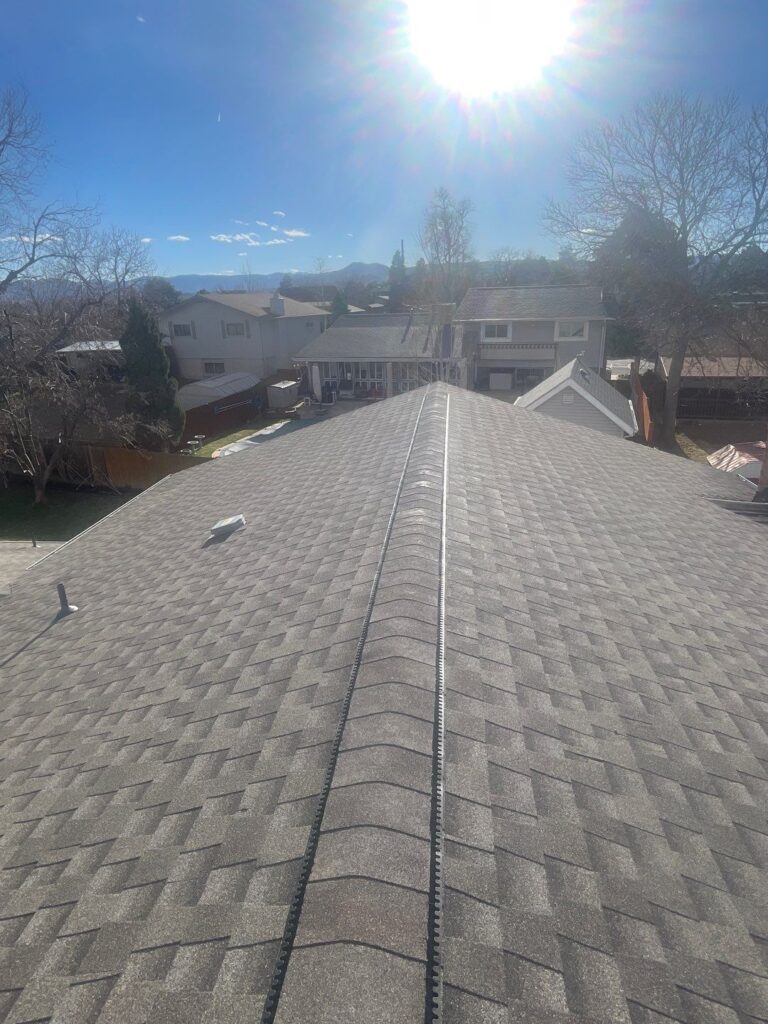
Colorado’s breathtaking landscape hides a harsh seasonal reality—hailstorms that wreak havoc across homes, vehicles, crops, and communities. Denver lies in the heart of the notorious “Hail Alley,” making it critical for residents and businesses to fully understand the cycle of hail season, prepare their properties, and know what to expect from the unpredictable skies.
When Hail Season Hits: Timing and Trends
Hail season in Denver typically runs from May through September, peaking between mid-May and mid-July. These months bring the most frequent and severe storms due to a combination of cold upper air masses from the Rockies meeting with warm, moist air from the plains.
Elevated areas like the Front Range, where Denver is located, are more prone to hail formation due to atmospheric instability and dramatic elevation shifts. Although storms may occur as early as April or extend into October, the most damaging events consistently cluster around late spring and early summer.
Historic Hailstorms and Their Financial Consequences
Denver has seen some of the costliest hail events in U.S. history. One of the most devastating storms occurred in July 2017, resulting in over $2.3 billion in damage across the metro area. Another historic event in Bethune, Colorado in 2019 delivered the state’s largest recorded hailstone, measuring nearly 5 inches in diameter.
These storms have triggered significant spikes in insurance claims, costly repairs, and long-term disruptions to households and small businesses. Roofing companies in Denver are especially busy during this season, assisting homeowners in addressing everything from minor cracks to full roof replacements.
Why Denver Is So Hail-Prone
Several environmental factors explain Denver’s hail vulnerability:
- Elevation: Cold air aloft encourages hailstone formation.
- Mountain-Plains Convergence: The meeting point of drastically different air masses accelerates storm development.
- Climate Variability: Unpredictable weather shifts contribute to longer, more volatile hail seasons.
This convergence of geography and climate creates ideal conditions for recurring hailstorms across Denver and surrounding communities.
Roofing Preparation Before the Storms Arrive
A proactive approach to roofing in Denver can save homeowners thousands in potential damages. The key is early detection and reinforcement.
1. Roof Inspections and Repairs
Schedule annual inspections before the start of hail season. Look for signs of aging, soft spots, or previous hail impacts. A professional roofing contractor in Denver can identify and repair vulnerabilities before they turn into disasters.
2. Upgrade to Impact-Resistant Materials
Consider installing Class 4 shingles, which are engineered to withstand high-impact hail. Although initially more expensive, they dramatically reduce long-term repair costs and may even qualify for insurance discounts.
3. Gutter and Drainage Systems
Ensure your gutters are clean and securely attached. Improper drainage during hailstorms can lead to water pooling and eventual roof leaks.
4. Reinforce Skylights and Windows
Install shatter-resistant film or storm shutters over windows and skylights. Broken glass not only increases repair costs but poses a serious safety risk during intense storms.
What to Do When a Hailstorm Strikes
The best defense during an active hailstorm is preparedness. Here are essential tips for staying safe and minimizing damage:
- Move indoors immediately. Never remain outside during hail, even if stones seem small.
- Avoid windows and doors. Hail can shatter glass and send shards flying.
- Protect vehicles. If no garage is available, use a thick car cover or move vehicles under temporary shelters.
- Anchor outdoor belongings. Items like patio furniture, grills, and yard tools can be thrown by strong winds and cause additional damage if not properly secured.
Have an emergency kit ready and monitor local weather alerts through the National Weather Service or emergency apps.
Know your hail insurance coverage
In Colorado, most standard homeowners’ insurance policies include protection against hail damage. However, it’s essential to review your coverage annually before hail season begins. After a storm, inspect your property quickly and contact your insurer. Document damage with photos and written descriptions.
A Denver roofing company that understands the insurance process can help expedite your claim and avoid low-ball estimates. Companies like Tried and True Roofing, based in Denver, Colorado, offer expert support for inspections, emergency repairs, and navigating claim procedures.
The Broader Economic and Agricultural Impact
Hailstorms not only damage homes—they strike at the heart of Colorado’s economy:
- Agriculture: Corn, wheat, and fruit orchards are highly vulnerable. Just minutes of hail can destroy a season’s work.
- Insurance Costs: As hail events grow in frequency and severity, premiums in hail-prone areas like Denver continue to rise.
- Roofing Demand: Roofing companies in Denver experience heavy demand following each major storm, often leading to delays and surging material costs.
For both urban homeowners and rural producers, the economic footprint of hail season is massive—and growing.
Conclusion
Hail season in Denver is more than just a weather pattern; it’s a threat that affects livelihoods, properties, and peace of mind. The key to minimizing damage lies in early preparation, high-quality materials, regular inspections, and working with trusted roofers in Denver. By staying informed and investing in resilience, homeowners can stand strong against even the most violent Colorado skies.

